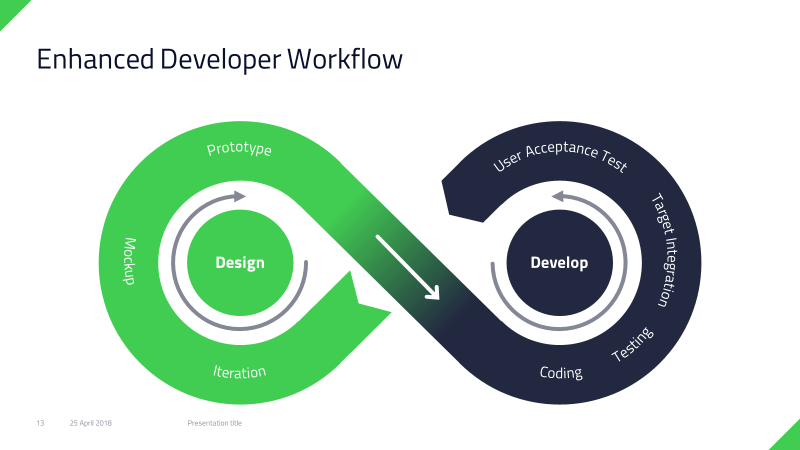Inspired by Car HMI event in Shanghai, 2018
April 25, 2018 by teromarjamaki | Comments
Industry events are always unique stories of their own. I got a chance to present the latest thinking within automotive digitalization at the Car HMI event in Shanghai on May 19th, 2018. Together with me there were professionals from different OEMs, tier1s and software vendors operating both globally and locally in China. There was truly a cross pollination of ideas with such a variety of people in the same room. Although simultaneous interpretation creates specific challenges for interaction with the audience it was easy to read the positive reactions – a number of standing people taking pictures with smartphones is the new KPI for any keynote presentation!
Despite the fact that the presentations ranged from quantified market studies to forward leaning concepting cases it was easy to find common themes. The automotive industry has really taken consumer experience to the core of the design work. There were very few feature, capability or technology introductions. Actually, I do not recall any new specific technology intro from the whole event. Most of the presentations were addressing how to understand the consumer and how to bring the knowledge into final product through conceptualization and design processes.
Personally, one of biggest consumer insights was the usage of advanced features while driving – based on Audi’s research the Europeans are operating screens and knobs while driving, but in Asia, especially the Chinese, are operating the most advanced features while standing still. It creates a huge difference in how to approach driver distraction issues. You may see more leading digital experiences coming from China as the user behavior allows much richer use of “distractive” technologies.
The automotive industry has clearly learned one lesson – nobody talks about own experience islands like leading mobile vendors did in the verge of the mobile internet. Everybody is embracing the Internet and cloud based mobile experiences. Cars are becoming eyes of the Internet providing lots of contextual information for perfecting the experiences and at the same time cars are becoming the mouth of the Internet bringing the audiovisual experiences to drivers and passengers.
There is a great need for “something” to simplify the data transactions in both directions. The future experience will be a personalized blend of screens, voice, artificial intelligence and cloud based offerings. The commonly discussed topic was the process transformation needed across the automotive value chain. As consumers are more demanding, the creation process needs to shift several gears up as the current paperclip rockets do not take you to the moon.
One of the keywords mentioned multiple times was “iterativity” as highly connected and cross dependent experiences cannot be designed and developed in a traditional waterfall setup. You must have multiple iterations before the experience is ready to be shipped. In most of the cases the real consumer behavior will mandate changes to the experience on the field and hence the “iterativity” must continue like in any connected experience in the (mobile) Internet. The transformation to iterative approaches will require changes in processes, governance models, talent pools and even company structures. “Iterativity” was discussed also in my keynote through designer to developer workflow vision (picture 1) we have at Qt.

In short, the big themes of the industry are well understood and the urgency to change is there. The key question is who can renew itself fastest to serve digitally connected consumers of the future. Looking at Qt’s offering from the past, presence and future - our customers are strong candidates in creating the visually stunning connected experiences for the next generation of automotive customers.
Blog Topics:
Comments
Subscribe to our newsletter
Subscribe Newsletter
Try Qt 6.10 Now!
Download the latest release here: www.qt.io/download.
Qt 6.10 is now available, with new features and improvements for application developers and device creators.
We're Hiring
Check out all our open positions here and follow us on Instagram to see what it's like to be #QtPeople.

